Filtre à clip Nikon-Z à double bande étroite Optolong L-eXtreme (OPT-L-EXTREME-NK-Z)
OPT-L-EXTREME-NK-Z


Filtre à clip Nikon-Z à double bande étroite Optolong L-eXtreme (OPT-L-EXTREME-NK-Z)
OPT-L-EXTREME-NK-Z
Produits de la même famille
Why Purchase from All-Star Telescope?
Free Expert Support
Whether you are a first timer needing help with setting up or an enthusiast that can't quite make that one thing work, our expert staff are ready to support your needs. With decades of knowledge and first hand experience we've been there and we can help you through it!
Stress Free, Secure Transactions
You can trust purchasing and delivery with All-Star Telescope. All of our transactions are 100% secure and Level 1 PCI DSS compliant thanks to Shopify's ShopPay platform. For additional protection, we insure 100% of the value of every shipment we make. If it get's lost during shipment, we replace it. If it gets damaged during shipment, we replace it. We make sure your product arrives exactly as you would expect it to; we promise.
We also ensure privacy protection. We never keep any of your credit card information on file and any of your personal data is stored according to our policies.
30 Day Return Policy
Buy with confidence knowing that we accept returns up to 30 days after purchase. We want you to have something you will actually use and we are confident that we keep good quality products in our store with No Junk.
Price Match Promise
Shipping around for the best price is tough, we make it easier by offering the best pricing in the market. But if you find a better price on an in-store item somewhere else we will match it!
Description du produit
Contrairement au filtre Optolong L-eNhance qui est tri-bande (transmet Hb, Ha et OIII), le filtre L-eXtreme est double bande qui laisse passer les lignes d'émission Ha et OIII.
Utilisation principale
L-eXtreme est un filtre passe-bande de 2 7 nm qui peut être utilisé avec des appareils photo couleur mono-objectif comme les reflex numériques et les appareils photo CCD monochromes. Il est également plus adapté aux systèmes rapides. La commodité et la rentabilité de ce filtre permettent aux amateurs d'imager de riches nébuleuses à émission, même dans des ciels lumineux et pollués. Optolong estime que la conception du filtre L-eXtreme serait un meilleur choix pour les systèmes rapides à un prix compétitif. Il isole les lignes d'émission des nébuleuses H-Alpha et Oxygène III de sorte que le contraste et le rapport signal/bruit entre les nébuleuses soient maximisés. Pour les personnes qui vivent dans des zones très polluées par la lumière ou lorsque la lune est visible, le L-eXtreme sera un bon filtre.
Contrairement au filtre Optolong L-eNhance qui est tri-bande (transmet Hb, Ha et OIII), le filtre L-eXtreme est bi-bande qui laisse passer les raies d'émission Ha et OIII. L'avantage du filtre L-eXtreme est qu'il n'y a pas de transmission entre les raies H-beta et OIII, car il n'y a pas de raies d'émission de nébuleuses à cet endroit. Dans ce cas, il ne laisse pas passer la pollution lumineuse, ce qui maximise le signal des nébuleuses et assombrit le fond du ciel pendant l'imagerie. Le filtre L-eXtreme devrait mieux isoler les raies d'émission uniquement et mieux protéger de la pollution lumineuse.
L'hydrogène est l'élément le plus grand, le plus primitif, le plus simple et le plus ancien de l'univers. Les scientifiques estiment que l'hydrogène représente plus de 90 % de la matière visible dans l'espace. Notre soleil a 5 milliards d'années, mais jusqu'à présent, l'hydrogène est toujours l'élément clé de la fusion nucléaire. Bien que l'élément soufre n'ait pas beaucoup d'importance scientifique, conserver H et O est important pour l'exploration de la vie. Par conséquent, nous mettons en évidence Ha, Hb, O3 et O2, et réduisons le signal du soufre.
Spectre et caractéristique
- Substrat : B270
- Épaisseur : 1,85 mm
- Tpeak : T>90%
- Plage de blocage : 300-1000 nm
- Profondeur de blocage : blocage de la ligne de pollution lumineuse > 99 %
- Qualité de surface : 60/40
- Front d'onde transmis RMS : λ/4
- Parallélisme : 30s
Technologie de revêtement
- Revêtement antireflet multicouches
- Revêtement de substrat optique non cimentant
- Le filtre Optolong L-Pro adopte un revêtement de précision basé sur la technologie de revêtement par dépôt assisté par ions pour la durabilité et la résistance aux rayures, ainsi que la stabilité sur CWL (longueur d'onde centrale) aucun écart affecté par le changement de température.
- Le système de rotation planétaire offre précision et homogénéité des revêtements garantissant une valeur élevée sur la transmission de la bande passante et la densité optique hors bande.
Appareils photo et objectifs compatibles
- Boîtier d'appareil photo applicable : Z5 / Z6 / Z6II / Z7 / Z7II / Z8 / Z9 / ZF
- Objectifs compatibles : tous les objectifs de la série Z peuvent être utilisés. Tous les objectifs à monture F peuvent être utilisés (un adaptateur est requis)
- Remarque : en raison du chemin optique sans miroir et de la conception du diaphragme, ainsi que de l'angle d'incidence de la lumière, il peut y avoir un léger vignettage. Le L-Pro est recommandé pour les objectifs de 50 mm ou plus. Si vous utilisez un objectif grand angle, les bords du cadre devront être recadrés ou corrigés en post-traitement en raison du vignettage.
Message chaleureux
- À propos de la couleur : en raison de l'influence de la lumière ambiante, de la différence de couleur de l'écran et de la photographie au flash, la couleur du produit peut présenter une certaine différence de couleur. La couleur détaillée est conforme au produit final.
- À propos du revêtement : le filtre interférentiel affichera des couleurs différentes sous différentes lumières, ce qui est un phénomène normal. Veuillez vous référer à l'objet matériel.
- Concernant le style : afin d'améliorer le produit, les modifications de conception/apparence/paramètres n'ont pas été mises à jour à temps. Veuillez consulter le sujet de la production.
- À propos de la description : la série de ce produit a le même matériau, la même technologie et le même design, des tailles différentes uniquement, veuillez noter.
Qu'y a-t-il dans la boite
Articles, vidéos et liens supplémentaires
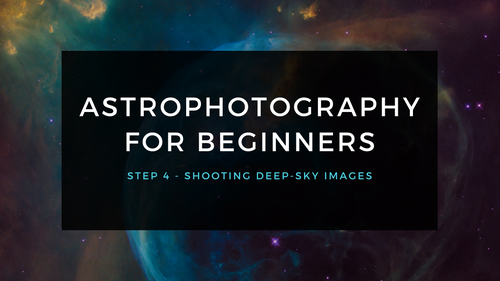
Astrophotographie pour les débutants Étape 4 : Prendre des images du ciel profond
Prendre des photos du ciel profond peut être intimidant, heureusement, il existe un processus simple à suivre pour vous permettre d'obtenir de superbes photos ! Voici le processus typique pour pren...
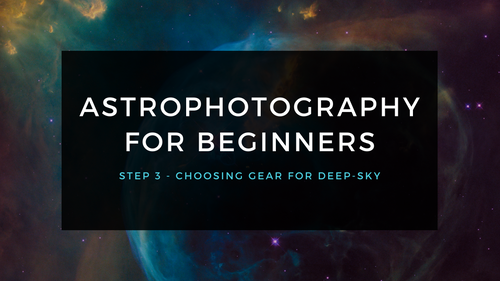
Astrophotographie pour les débutants Étape 3 : Choisir l'équipement pour l'imagerie du ciel profond
L'utilisation d'un capteur d'étoiles vous permet d'acquérir de l'expérience avec les principes fondamentaux de l'imagerie du ciel profond. Tirer sur la Lune vous permet d'acquérir de l'expérience ...
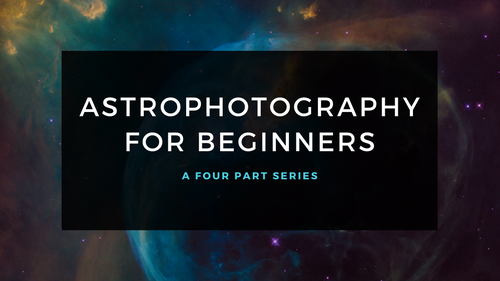
Astrophotographie pour les débutants - Commencer ici : Entrer dans l'astrophotographie étape par étape
Photographier le ciel nocturne n'a jamais été aussi populaire, ni aussi facile. Le choix d'équipement n'a jamais été aussi meilleur, ni plus abordable. Cependant, selon les conseils donnés par Dick...
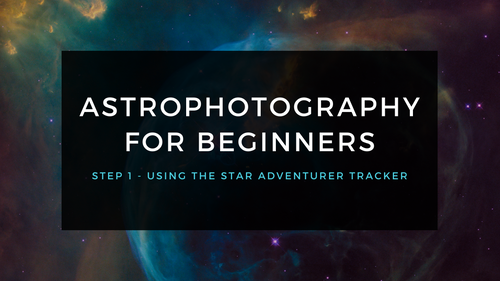
Astrophotographie pour les débutants Étape 1 : Utilisation du Star Adventurer Tracker
Le moyen de loin le plus économique et le plus simple de capturer de belles images de la Voie lactée et de grands objets du ciel profond comme la galaxie d'Andromède (illustré ici) est d'utiliser u...
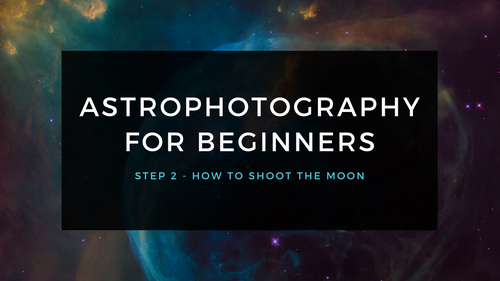
Astrophotographie pour les débutants Étape 2 : Comment photographier la Lune
Les gros plans de la Lune sont gratifiants et constituent un moyen facile d'apprendre à photographier à travers votre télescope. Bien que de bons résultats soient possibles avec un appareil photo d...

